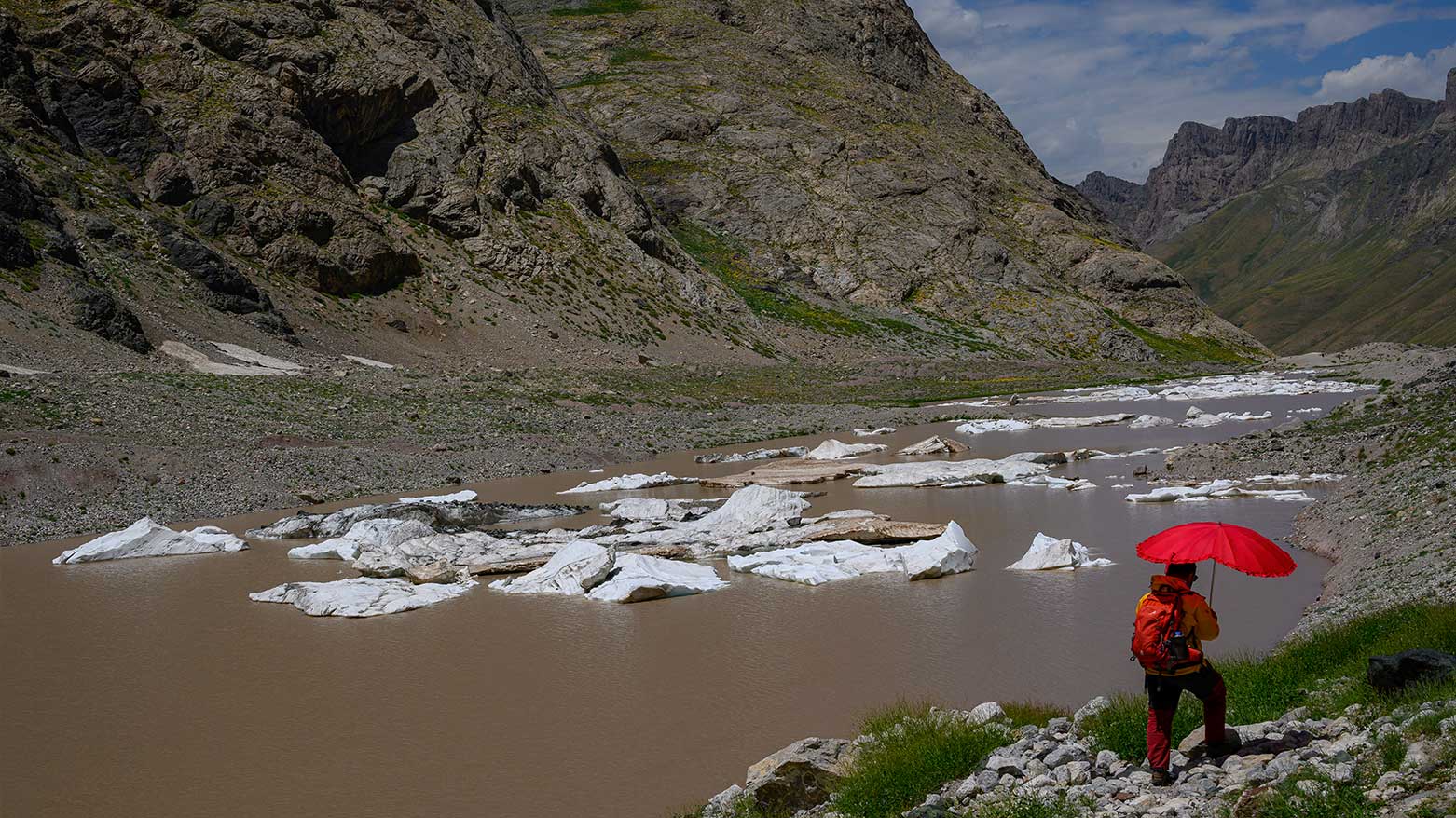Türkiye’s Melting Glaciers: A Photo Story from Mount Cilo in Hakkari
The retreat of Cilo’s glaciers comes as Türkiye grapples with intensifying heatwaves and drought. On Friday, the country recorded its highest-ever temperature—50.5°C—in Silopi, just 200 kilometers from Hakkari.
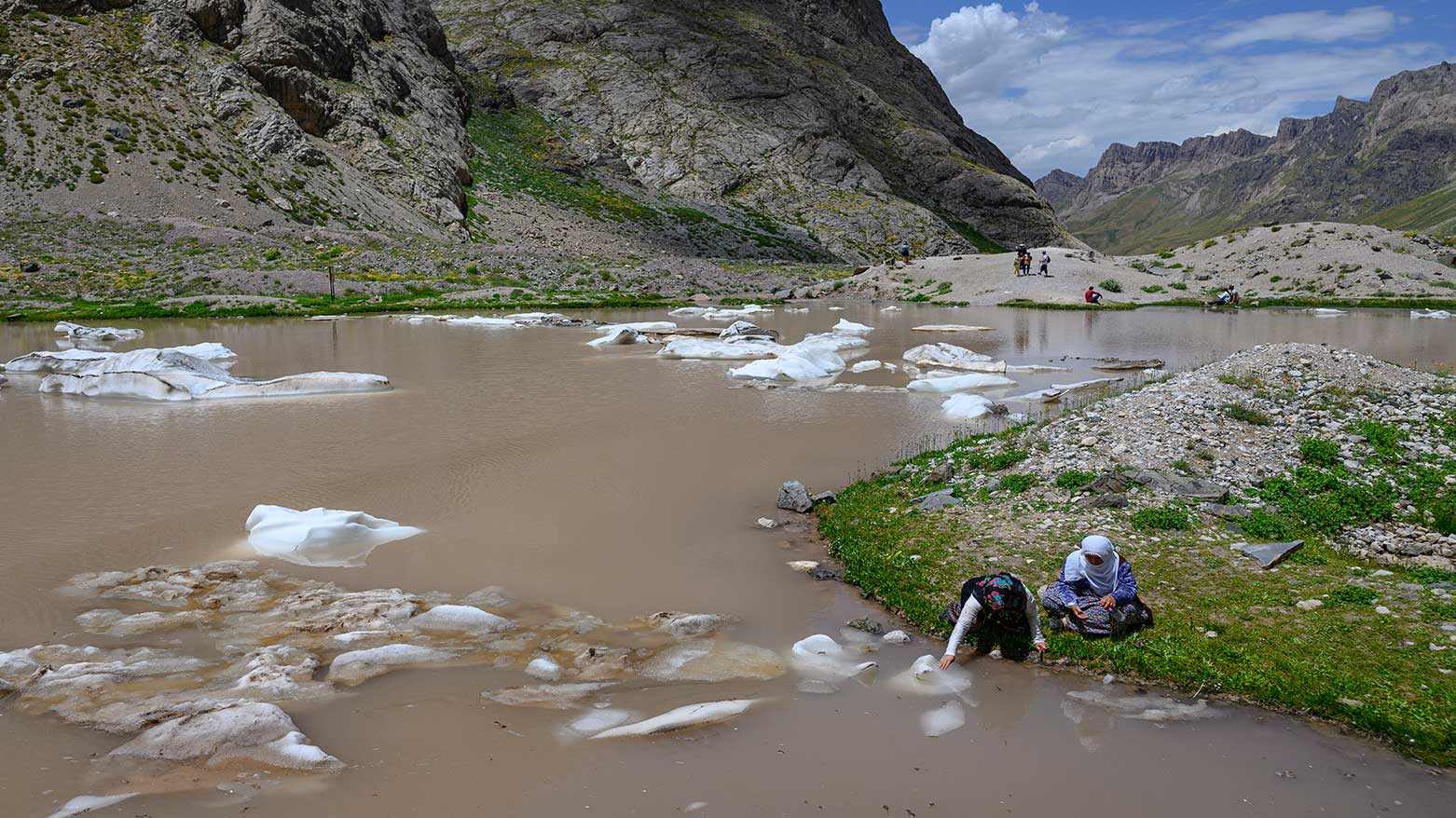
ERBIL (Kurdistan24) — Glaciers on Türkiye’s second-highest mountain are vanishing at an alarming rate due to accelerating climate change, raising concerns about water security, environmental degradation, and the future of tourism, according to an AFP report.
Standing beneath a cloudless sky, longtime mountain guide Kemal Ozdemir looked up at the summit of Mount Cilo in Türkiye’s Hakkari province near the Iraqi border and reflected on the stark change. “There were glaciers 10 years ago,” he said, pointing toward a torrent of meltwater carrying chunks of ice down the grassy slope.
“You can see that there are quite a few pieces of glacier in the water right now… the reason why the waterfalls flow lushly actually shows us how fast the ice is melting,” he added.
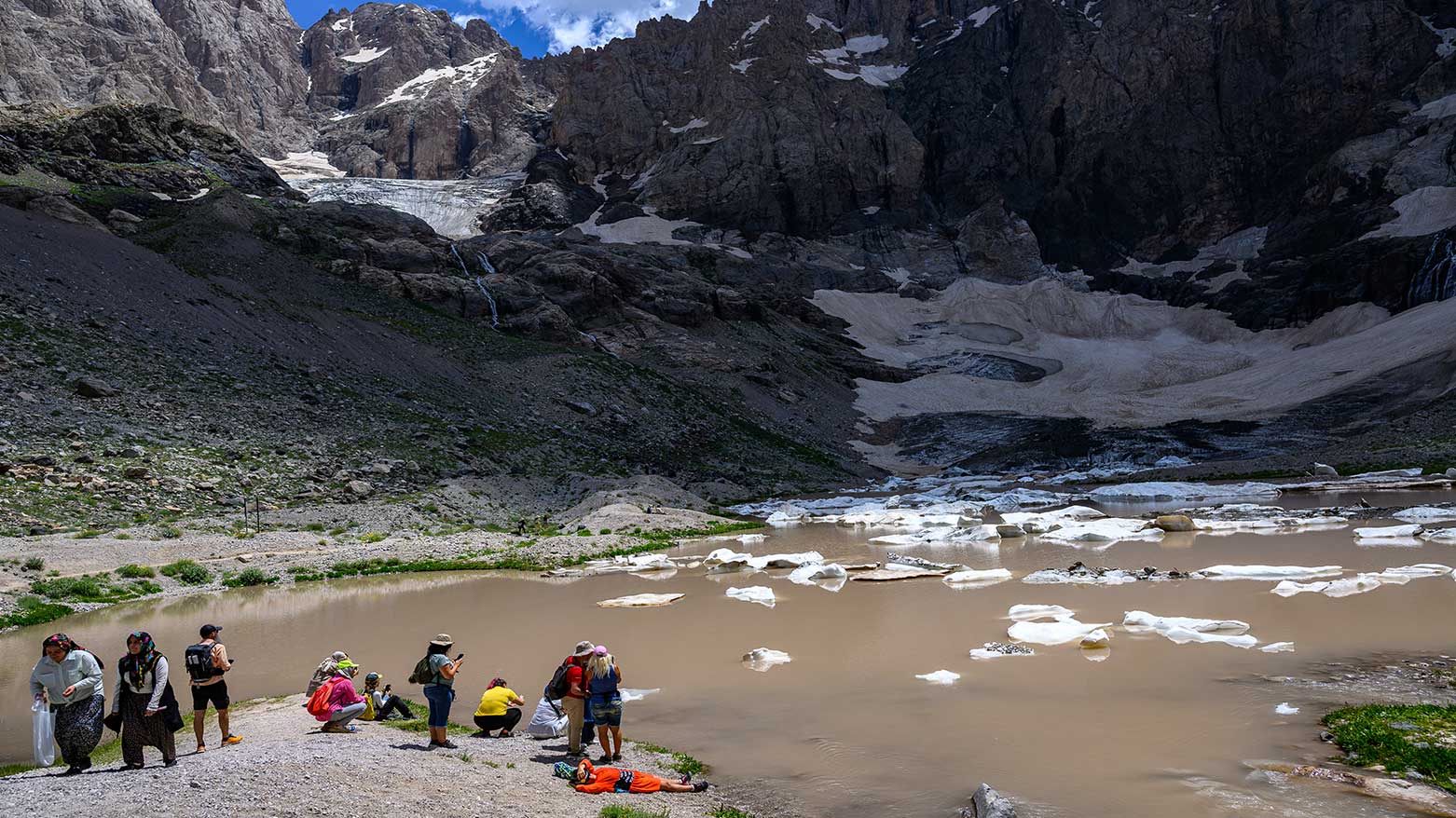
Mount Cilo, rising to 4,135 meters, hosts Türkiye’s second-largest glacial mass after Mount Ararat. But as global temperatures continue to rise, driven by human-induced climate change, even these high-altitude ice fields are rapidly retreating.
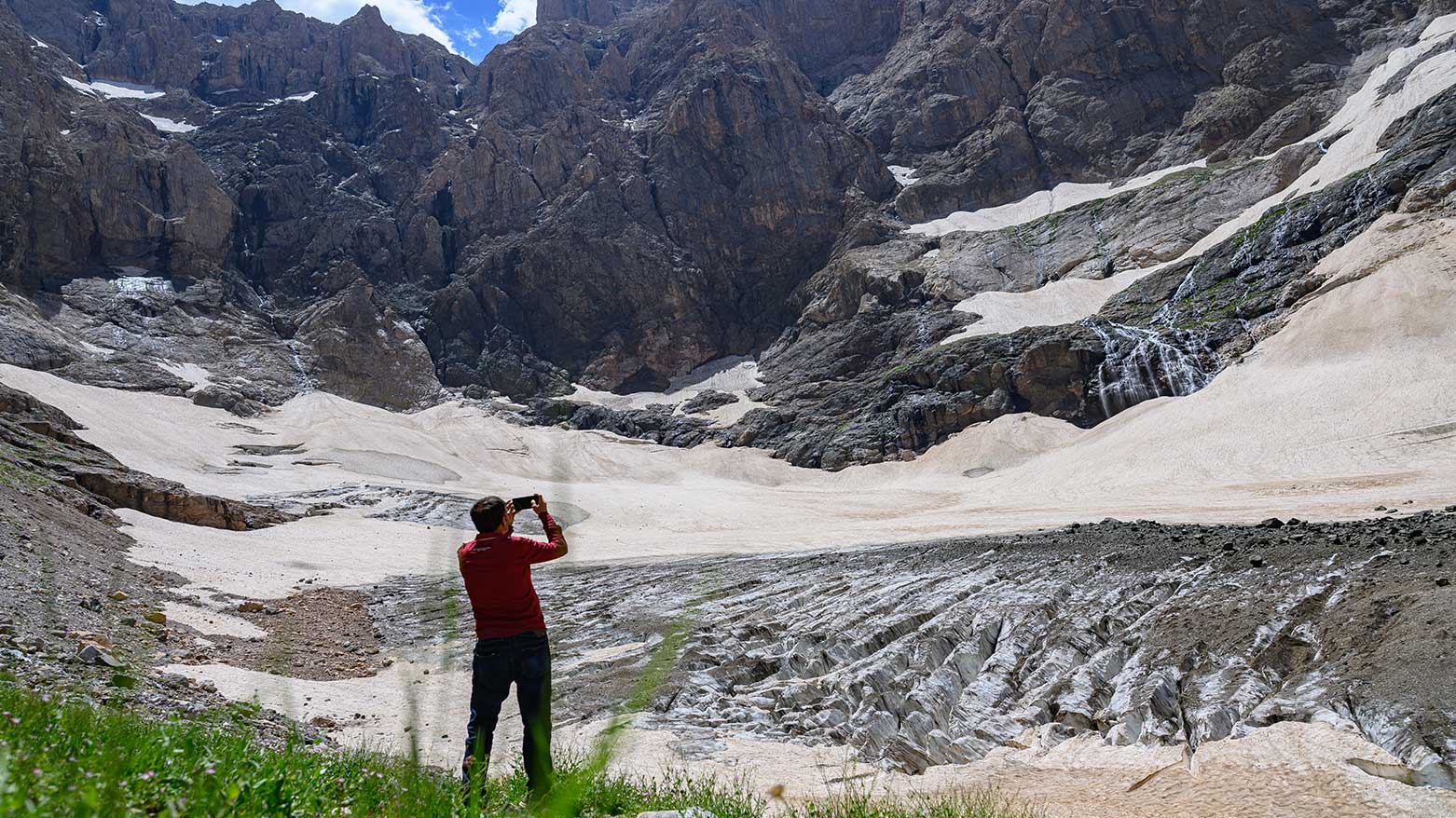
50 Percent of Ice Cover Lost in 40 Years
According to Professor Onur Satir, a specialist in geographical information systems at Yuzuncu Yil University, nearly half of the continuous snow and ice cover on Mount Cilo has disappeared in the past four decades.
“The melting process is faster than we expected,” Satir warned. “Some places melt faster than others, so actually it's showing us which places must be protected — but we have no opportunity to cover the whole ice area.”
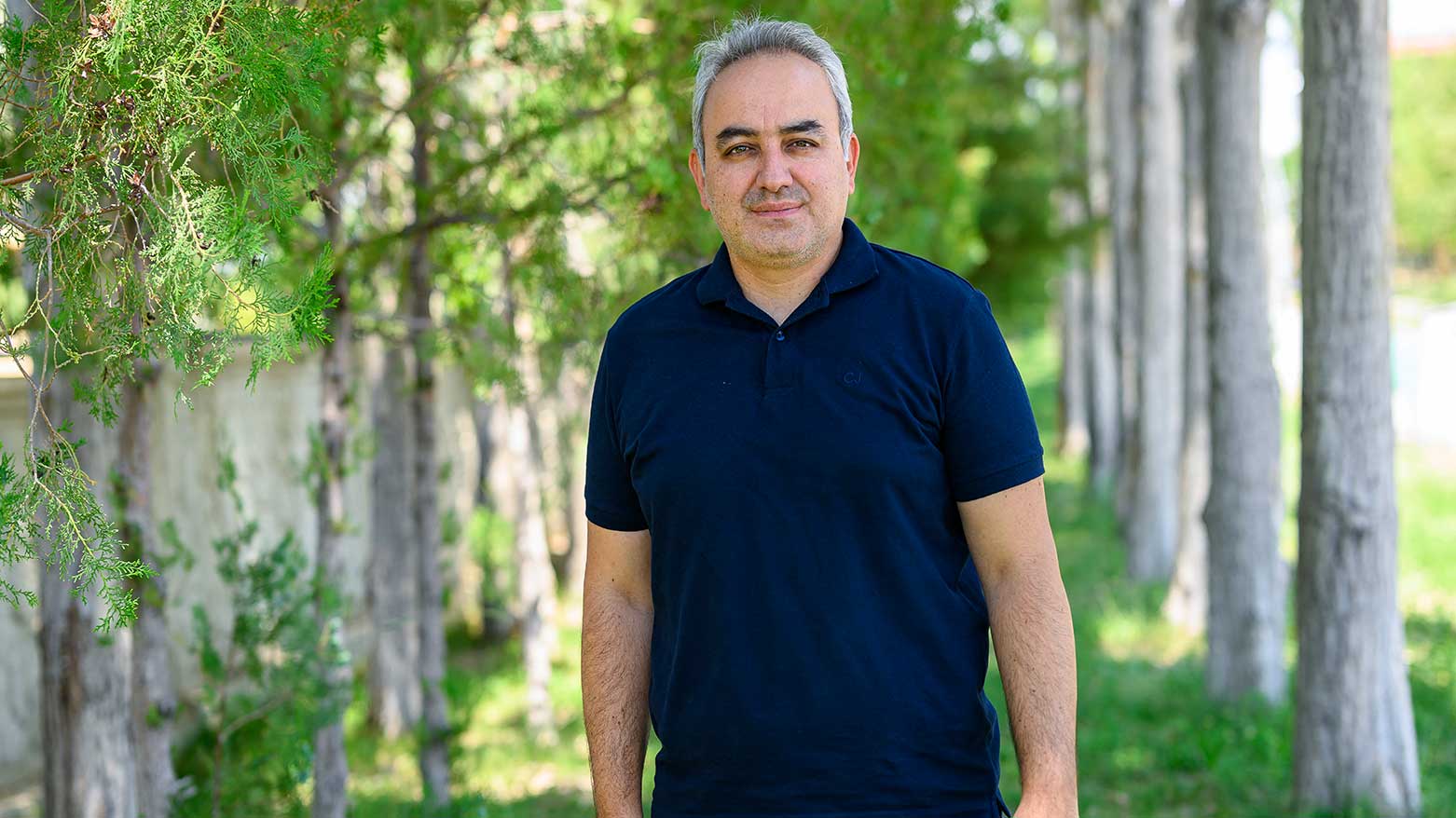
Efforts in Europe, such as covering glaciers in the Alps with white tarps to slow melting, remain unfeasible for the rugged terrain of southeast Türkiye. The United Nations has already warned that many of the world’s glaciers will not survive the 21st century, jeopardizing the freshwater sources of hundreds of millions.
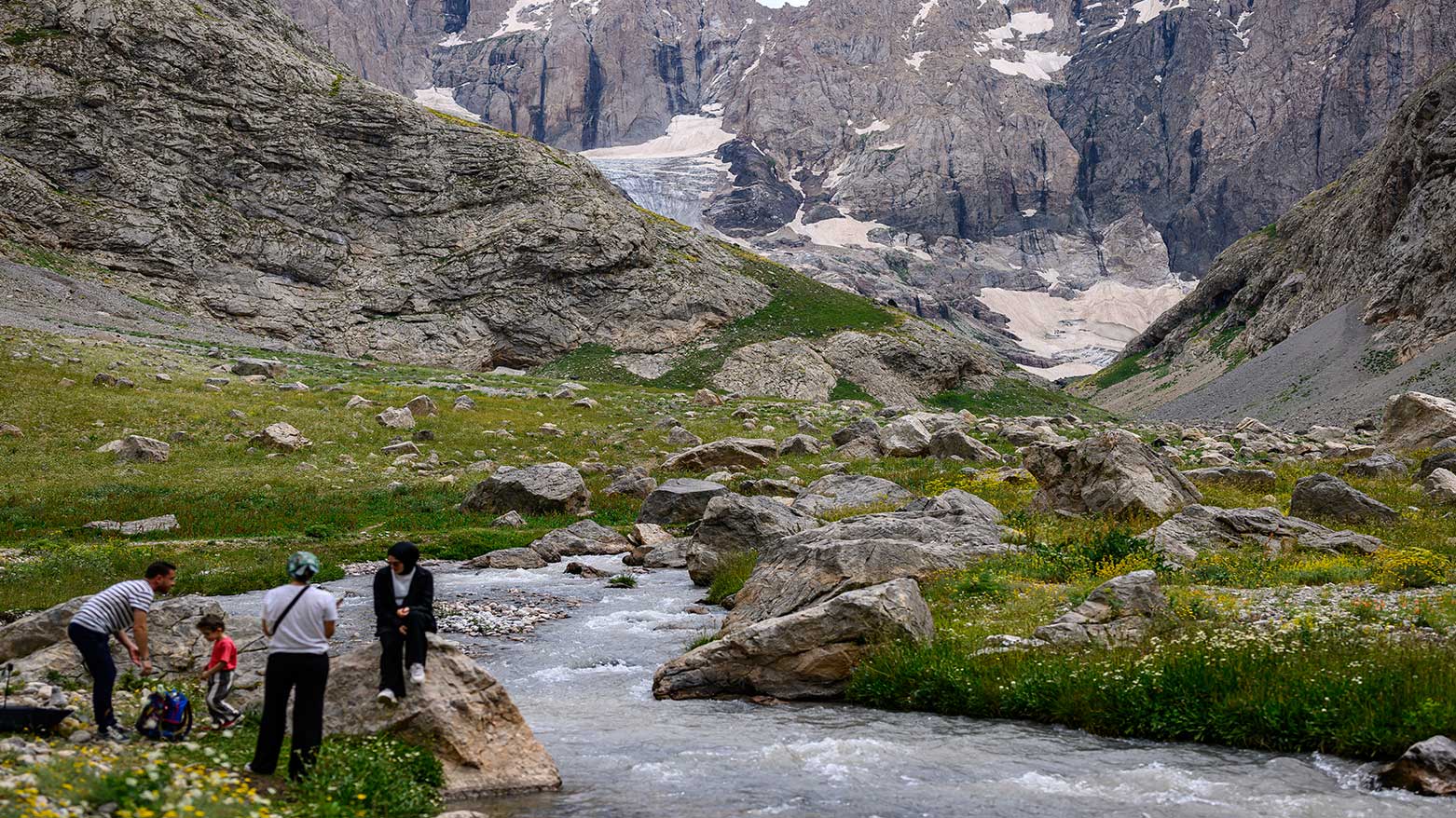
Record Temperatures and Rising Risks
The retreat of Cilo’s glaciers comes as Turkey grapples with intensifying heatwaves and drought. On Friday, the country recorded its highest-ever temperature—50.5°C—in Silopi, just 200 kilometers from Hakkari.
This heat, combined with increasing human activity in the region, is accelerating glacial melt. “This region is 40–50 kilometers away from the city, but there was no road in the past,” Ozdemir noted. “Now, with the construction of the road, more vehicles are coming here, and the increase in the number of people actually accelerates the melting a little bit.”
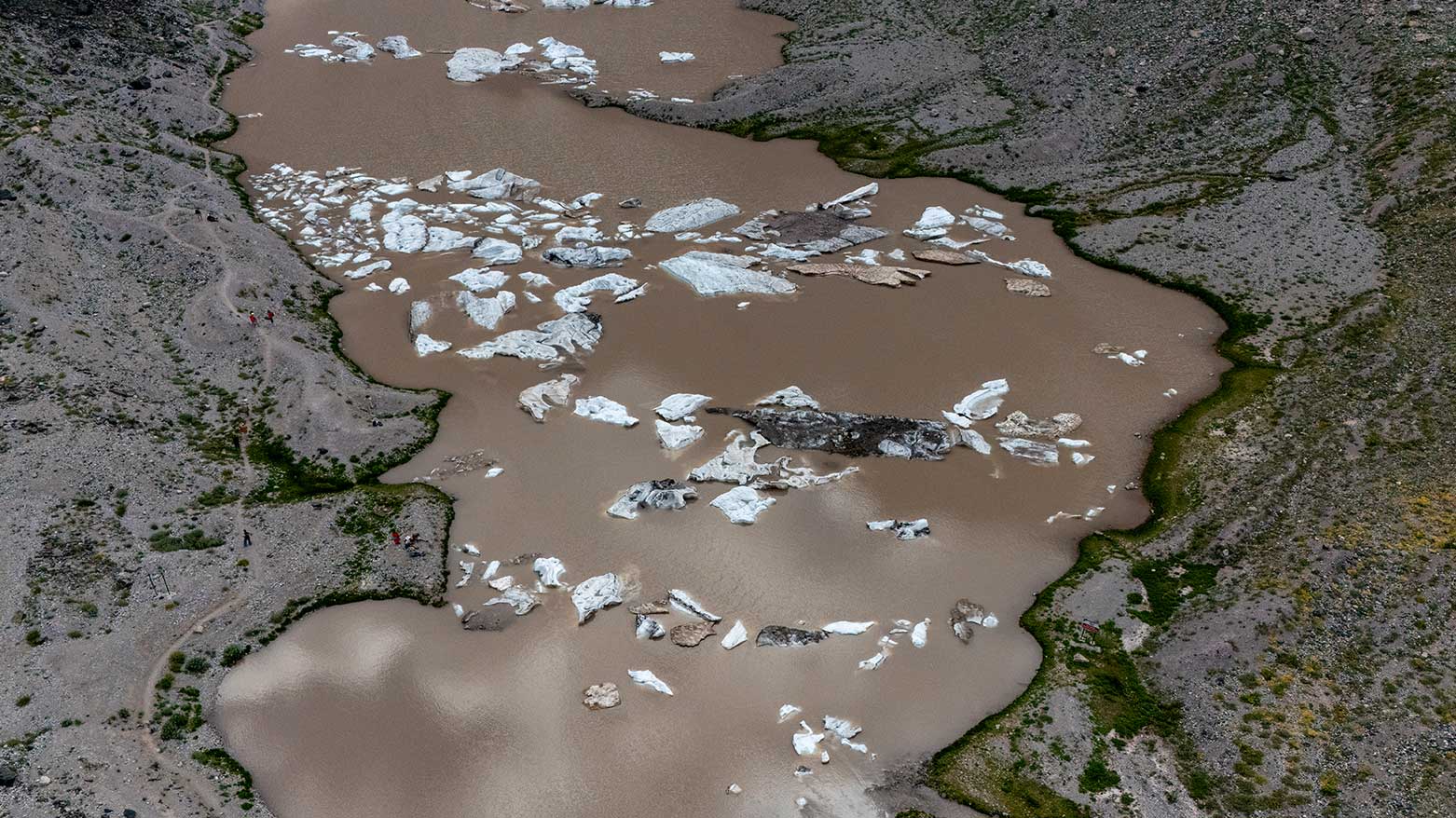
The melting has also created safety hazards. In July 2023, two hikers were killed after a glacier block broke off and swept them away. “People should not walk on the ice,” Ozdemir warned, emphasizing the growing danger posed by unstable terrain.
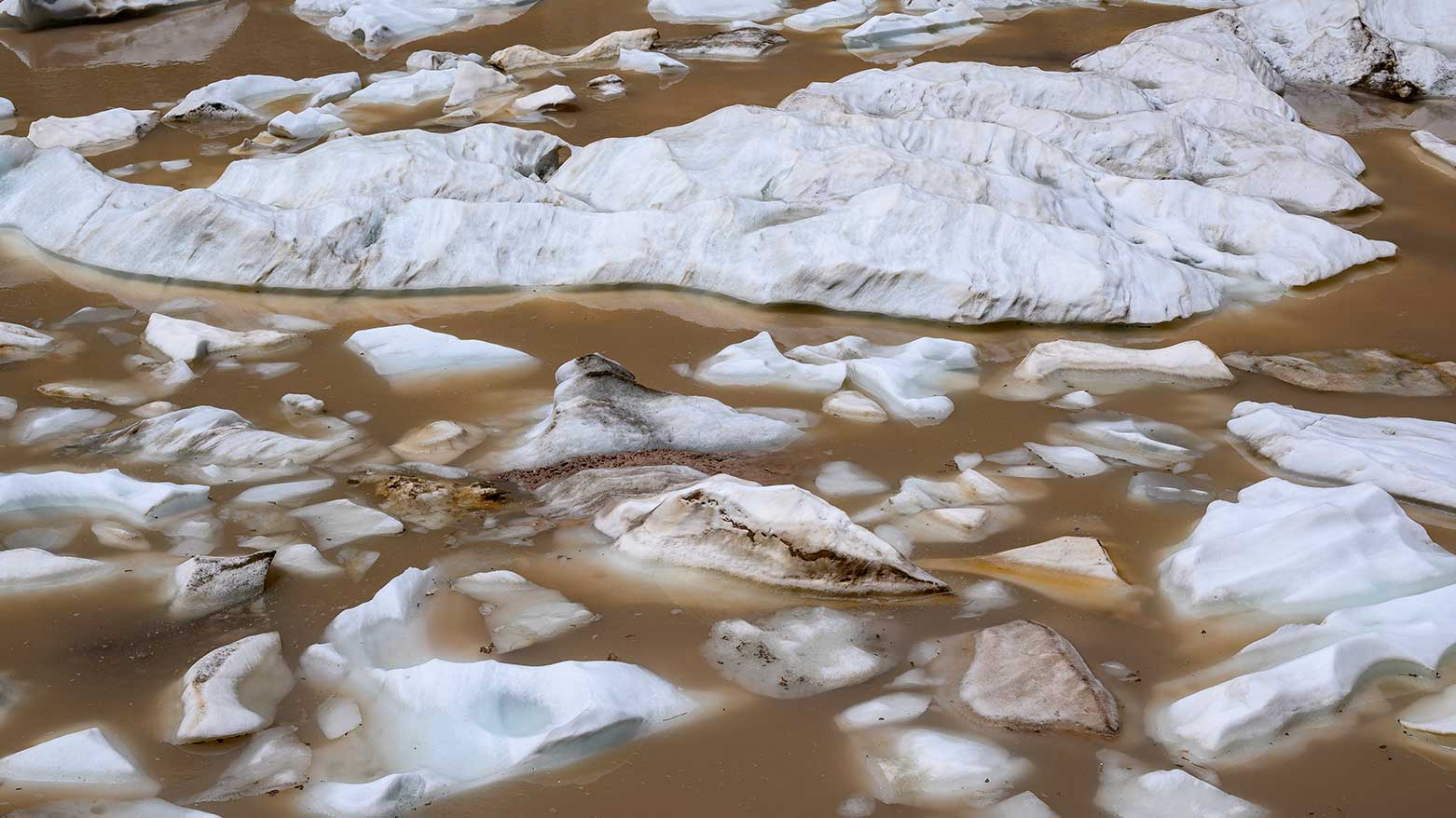
A Growing Tourist Hotspot
Declared a national park in 2020, Mount Cilo has drawn hikers and nature lovers to its striking alpine landscapes. However, the growing number of visitors may be accelerating environmental strain. With a fragile ecosystem under stress and limited infrastructure to manage tourism sustainably, experts fear irreversible damage.
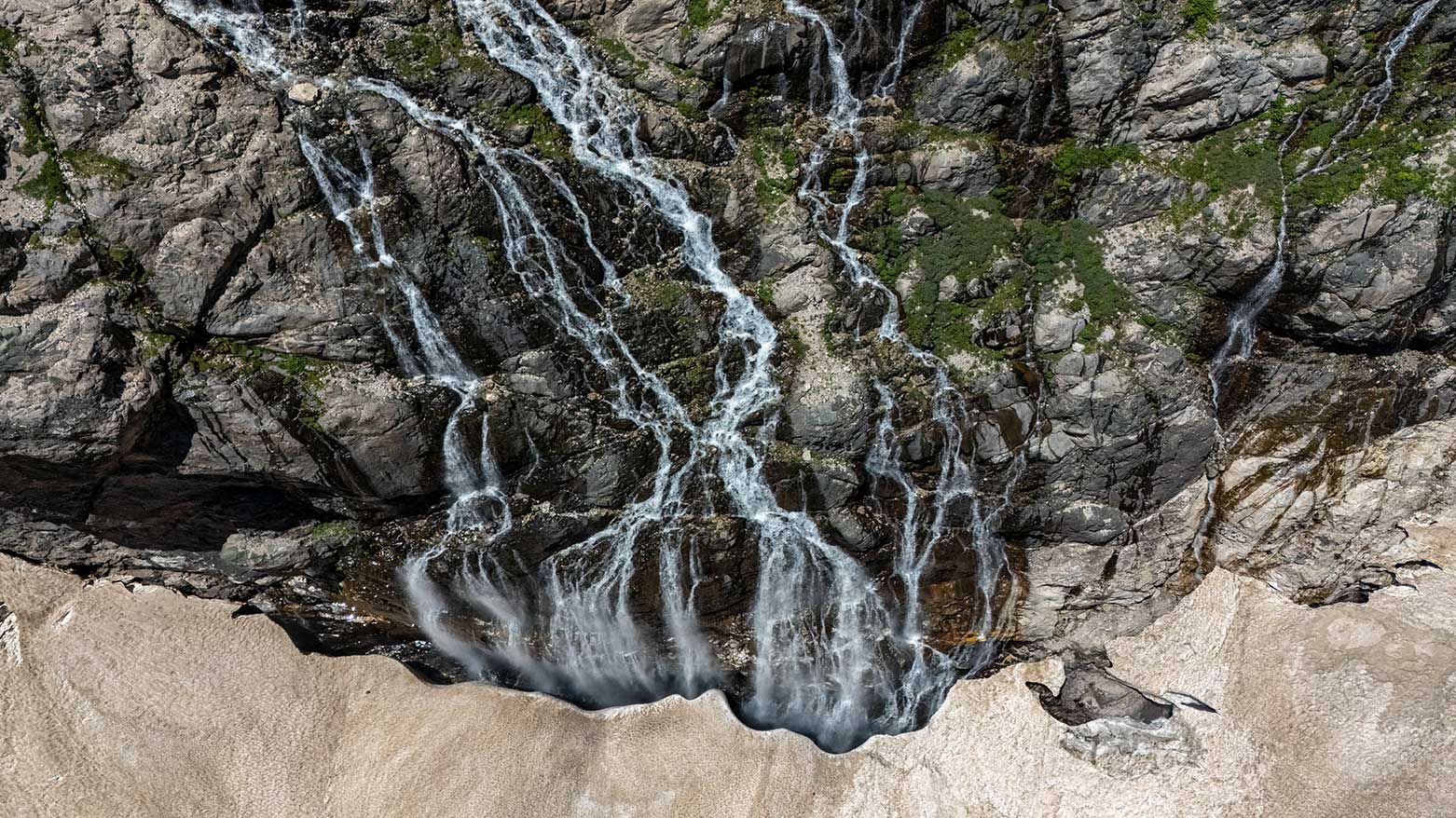
A UN report on global desertification predicts dire outcomes for Türkiye. Some 88 percent of its territory is at risk, with rainfall expected to decline by 30 percent and temperatures projected to increase by as much as 5 to 6°C by the end of the century compared to 1961–1990 averages.
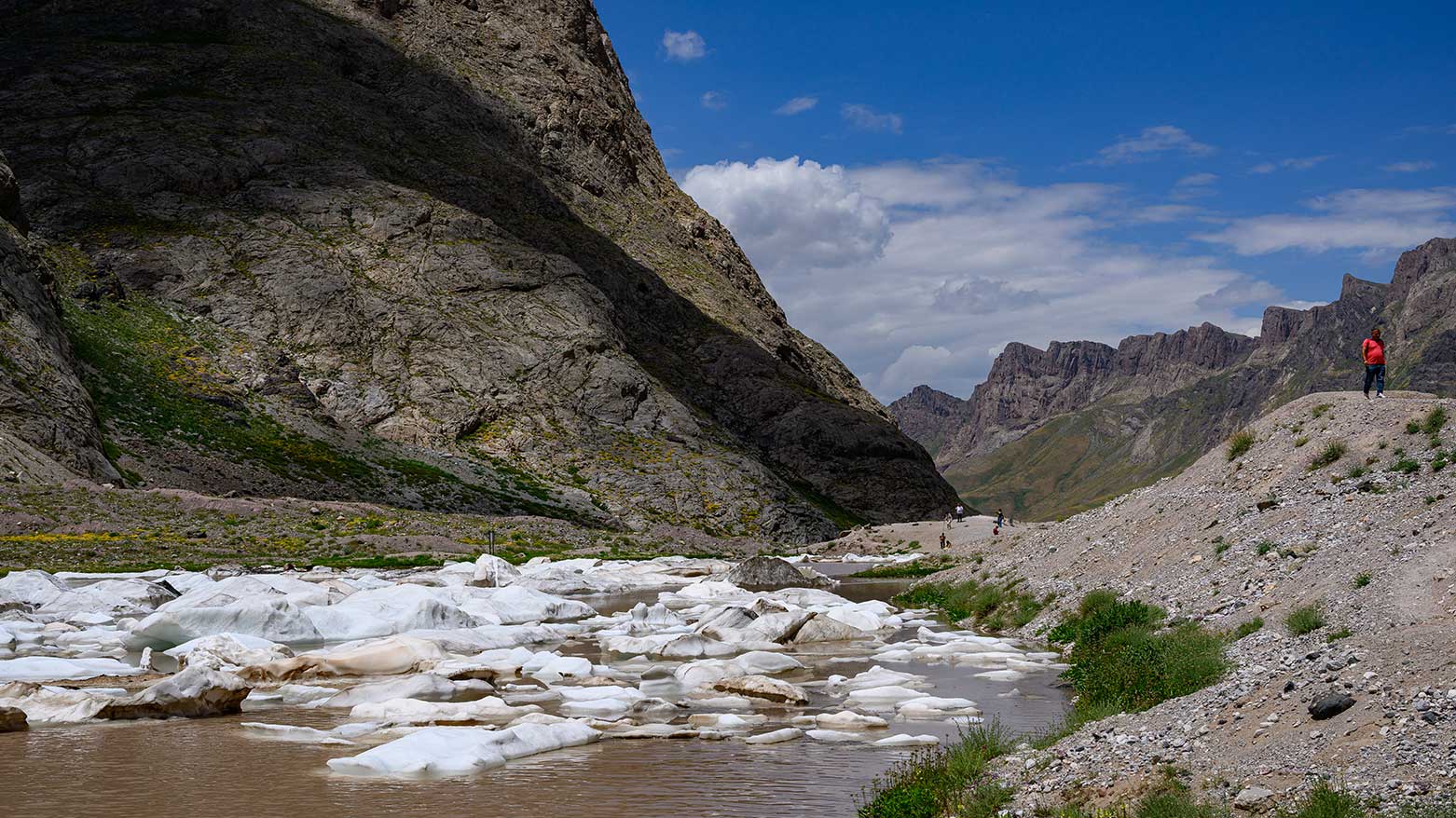
As the peaks of Mount Cilo turn from white to gray, locals and scientists alike warn that unless urgent steps are taken to mitigate climate change and manage human impact, Turkey’s remaining glaciers may vanish far sooner than expected.
